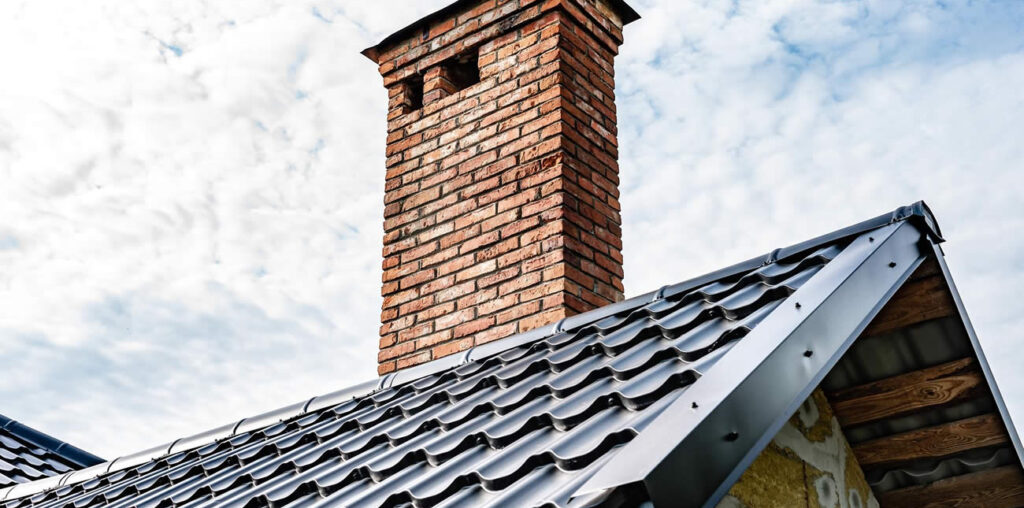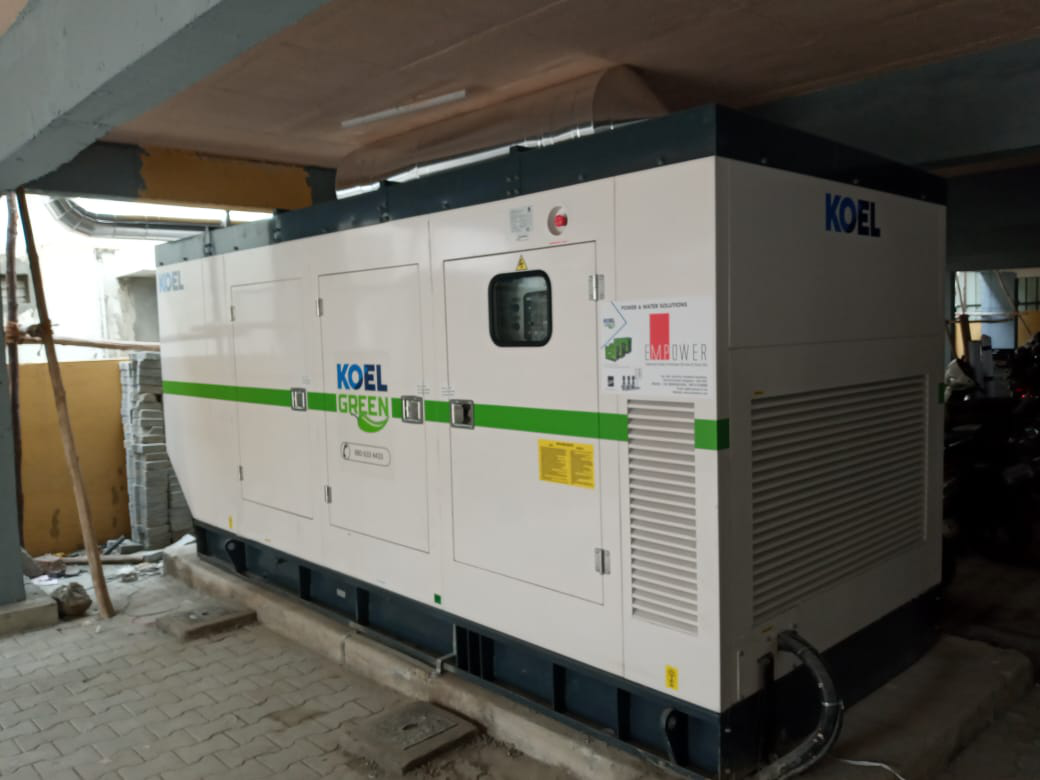Moving house is an exciting yet challenging experience, and proper packing is essential to ensure a smooth transition. Choosing the right boxes and materials can prevent damage, make unpacking easier, and keep your belongings organized.
In this guide, we’ll explore everything you need to know about packing boxes and materials for moving house.
Why Proper Packing Matters
Packing isn’t just about putting items into boxes. Using the right materials and techniques can:
- Prevent breakage and damage to fragile items.
- Make it easier to transport and stack boxes safely.
- Keep your belongings organized for easy unpacking.
- Reduce the risk of injuries from lifting poorly packed boxes.
Types of Moving Boxes
Choosing the right boxes is crucial to ensure your belongings are well-protected. Here are the different types of moving boxes you should consider:
Standard Moving Boxes
- Small Boxes (1.5 – 2 cubic feet): Ideal for heavy items like books, canned goods, and small appliances.
- Medium Boxes (3 – 4 cubic feet): Perfect for kitchenware, toys, and decorative items.
- Large Boxes (5+ cubic feet): Best for lightweight, bulky items such as bedding, pillows, and clothing.
Specialty Boxes
- Wardrobe Boxes: Feature a hanging rail for clothes, making it easy to transfer garments without folding.
- Dish Pack Boxes: Reinforced with dividers to protect fragile glassware, plates, and ceramics.
- Electronics Boxes: Designed with extra padding for TVs, computers, and other delicate electronics.
- Mirror & Picture Boxes: Adjustable boxes that provide extra protection for framed artwork and mirrors.
Essential Packing Materials
Besides boxes, you’ll need various packing materials to protect and organize your belongings.
Packing Tape
- Use strong, high-quality packing tape to secure boxes and reinforce weak points.
- Consider using coloured tape for labelling different rooms.
Bubble Wrap & Foam Wrap
- Provides cushioning for fragile items like glassware, vases, and electronics.
- Prevents scratches and breakage during transit.
Packing Paper
- A great alternative to bubble wrap for wrapping dishes and fragile objects.
- It prevents ink transfer that can occur with newspapers.
Stretch Wrap (Plastic Wrap)
- Ideal for wrapping furniture, keeping drawers closed, and protecting upholstered items.
- Helps keep items clean and free from dust during the move.
Moving Blankets & Furniture Pads
- Protect large furniture pieces from scratches and dents.
- Essential for moving wooden or glass furniture safely.
Labels & Markers
- Label each box clearly with its contents and destination room.
- Use color-coded labels for better organization.
Zip Ties & Cable Organizers
- Keep cords and cables neatly bundled to prevent tangling.
- Label cables to make reconnection easier after the move.
How to Pack Efficiently
Packing efficiently can save time and reduce stress. Follow these steps for an organized move:
Start Early
- Begin packing non-essential items weeks before moving day.
- Leave daily-use items for last-minute packing.
Declutter Before Packing
- Sort through belongings and donate, sell, or discard items you no longer need.
- Reducing clutter makes packing easier and saves on moving costs.
Pack Room by Room
- Pack one room at a time to stay organized.
- Clearly label each box with the room it belongs to and a brief list of contents.
Distribute Weight Evenly
- Place heavier items at the bottom and lighter items on top.
- Avoid overfilling boxes to prevent breakage and make lifting easier.
Use Proper Cushioning
- Wrap fragile items individually with packing paper or bubble wrap.
- Fill empty spaces in boxes with crumpled paper or foam to prevent shifting.
Seal Boxes Securely
- Use the “H-tape” method by taping along the centre seam and edges of the box.
- Reinforce the bottom of heavy boxes to prevent breakage.
- Keep Essentials Separate
- Pack a separate essentials box with items you’ll need immediately, such as toiletries, snacks, chargers, and important documents.
Common Packing Mistakes to Avoid
Using Weak or Damaged Boxes
- Old or weak boxes may collapse, leading to damaged belongings.
- Invest in sturdy, high-quality moving boxes.
Overpacking Boxes
- Avoid making boxes too heavy, as they can break or become difficult to carry.
- A good rule of thumb is to keep each box under 50 lbs (22 kg).
Not Labeling Boxes Clearly
- Unlabeled boxes create confusion and slow down the unpacking process.
- Label all sides of a box so you can see the contents no matter how it’s stacked.
Ignoring Fragile Items
- Not wrapping breakable items properly increases the risk of damage.
- Always use protective padding and mark boxes as “FRAGILE.”
Waiting Until the Last Minute
- Rushing leads to disorganized packing and forgotten items.
- Plan ahead and pack over time to reduce stress.
Eco-Friendly Packing Alternatives
If you want to make your move more environmentally friendly, consider these alternatives:
- Reusable Plastic Crates: Many moving companies offer rental crates as a sustainable option.
- Biodegradable Packing Peanuts: A greener alternative to traditional foam peanuts.
- Recycled Packing Paper: Instead of buying new packing materials, use newspapers or repurpose old paper.
- Towels & Blankets for Padding: Use soft household items instead of bubble wrap for cushioning.
Where to Get Packing Boxes and Materials
You can find packing supplies at:
- Moving Supply Stores: Many moving companies sell boxes, tape, and other materials.
- Online Retailers: Websites like Amazon and U-Haul offer packing kits.
- Local Supermarkets & Retail Stores: Some stores give away free cardboard boxes.
- Friends & Family: Ask if anyone has leftover moving boxes.
Conclusion
Packing for a move doesn’t have to be overwhelming. With the right packing boxes and materials, you can protect your belongings, stay organized, and ensure a smooth moving process. Whether you’re moving across town or across the country, investing in quality supplies and following best packing practices will save you time, money, and stress. Hiring a removal company in Frome is also a good tip because they are professionals and will handle all of your possessions with the greatest of care.



